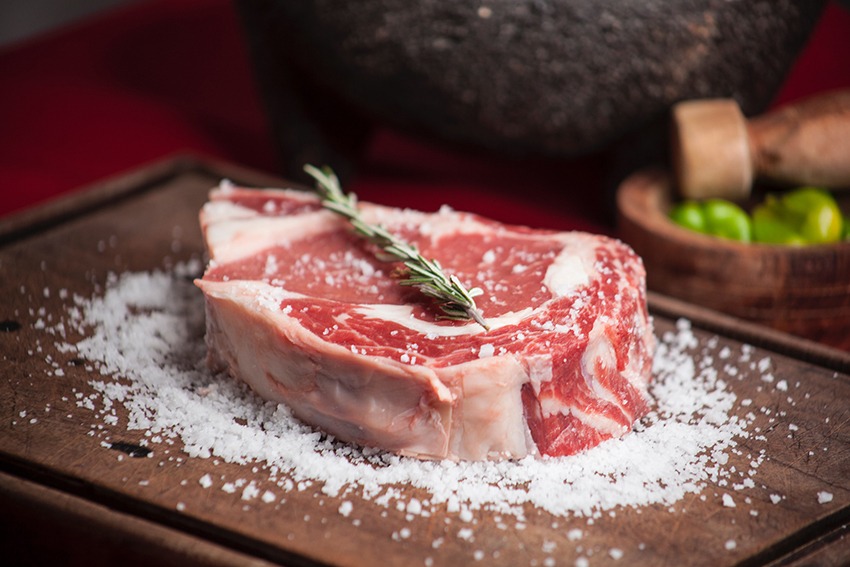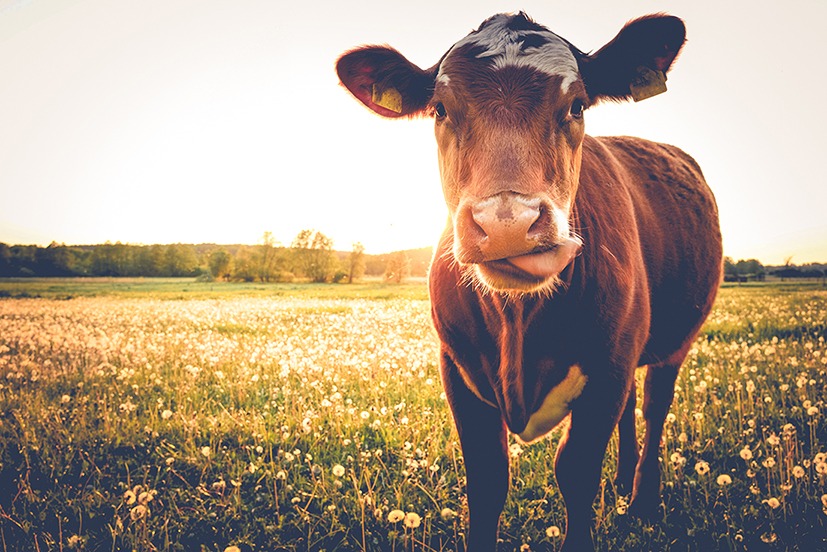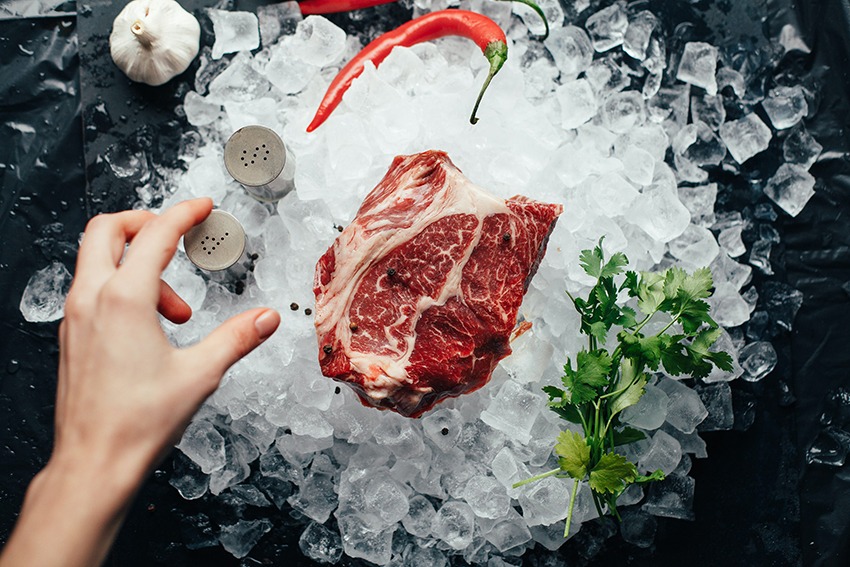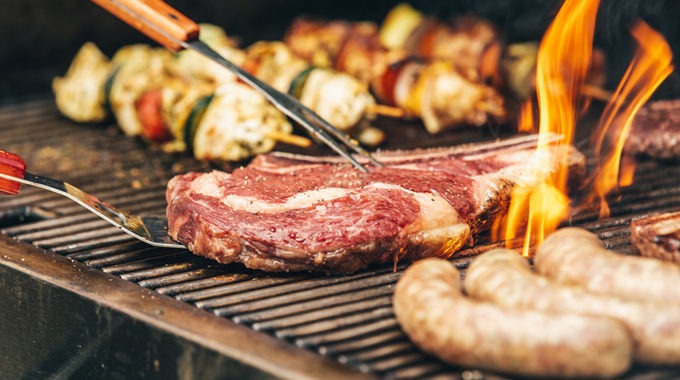The science of the perfect steak
If anyone knows a good steak, its Professor David Pethick from Perth’s Murdoch University. His team designed and led the adoption of the internationally acclaimed Meat Standards Australia system, the world’s first comprehensive paddock-to-plate beef, lamb and sheepmeat grading system. So, what makes a great steak?
“We use a simple grading system to label the quality of a steak – fail, pass, credit and distinction,” Professor Pethick says. “This system can be used to determine if a cut of meat is ‘fit for purpose’. For example, a piece of meat which is a ‘pass’ grade might be used for slow cooking or casserole, but a distinction-level grade of meat is a stand-alone dish.”
But at the end of the day, that grading comes down to the consumer. When Professor Pethick grades steak, he uses use regular, untrained consumers as testers.
“Until they build a machine with a nose and a tongue, the consumer is the best judge of what makes the perfect steak,” he says.

The science of good steak
As a general rule, the older the animal, the tougher the meat, Professor Pethick says.
“The connective tissue within each muscle is collagen, a strong protein designed to hold muscle together,” he explains. “The more active the muscle, the more collagen needed to hold the muscle together. As meat ages, the collagen gets brittle and toughens the meat.”
So, the longer an animal is carrying itself around, the tougher the meat becomes. However, what an animal is fed also impacts how tender the meat is.
“Feeding an animal hormones makes meat tougher,” the professor says. “The hormones are harmless, but they increase the growth of the animal, which increases protein synthesis, creating more muscle or stopping muscle degradation, which increases toughness.”
The amount of marbling – or intramuscular fat – present in the meat is also a key contributing factor to meat’s tenderness and juiciness.
“You only need five to six percent fat content to get a distinction-level steak,” Professor Pethick says. “Japanese breeds such as Kobe and Wagyu beef are famous for marbling levels, but they’re not the sort of meat you could eat every day of the week.”

Factors beyond the farm gate
Professor Pethick says that factors beyond the farm also impact how a steak shapes up.
“Cattle need to be well-fed, with low stress prior to the trip to the processor,” he says. “A good lead-up and peaceful death is a noble thing for the animal, and delivers good meat.”
Factors such as the conditions during transit, the ambient temperature and an animal’s hunger levels at delivery or prior to their journey to the processor all attribute to their stress levels and the resulting levels of glycogen in their muscles.
“A stressful trip results in higher levels of glycogen, which makes for drier, tougher meat,” the professor explains.

The age of the meat also helps
Twenty-four hours after an animal is killed, rigor mortis sets in and muscles contract. This means meat needs at least five days in the fridge for muscles to regain some tenderness.
“In the old days, beef was often sold when it was too fresh, and it was tough,” Professor Pethick says. “The optimal time from slaughter to sale would be five days, up to 20 days.”

Making the cut
Steaks come from all different areas of the cow. Chuck steak, for example, comes from the shoulder, and sirloin from the cow’s back, near the rear. T-bone and porterhouse steaks are cut from the short loin, along the animal’s side. The key thing that Professor Pethick says to remember is that areas the animal works harder make for tougher cuts of meat.
“That said, a lot of how it eats is in the hands of the cook,” he admits. “When you’re choosing your cuts, just remember the fit-for-purpose principle. Everything from tough to tender could end up in the distinction level if you put enough work into it.”
Most importantly, when buying steak, look for the Meat Standards Australia mark on the package or website, which ensures a robust grading system underpins what you’re buying.









